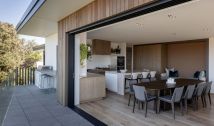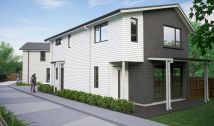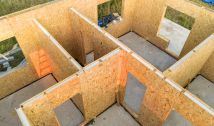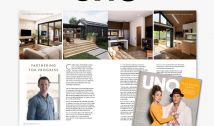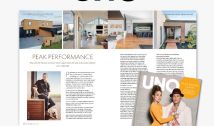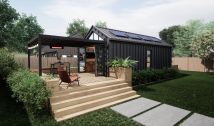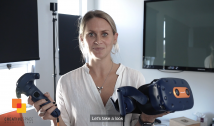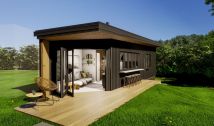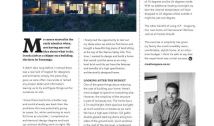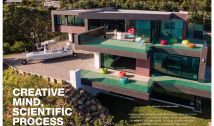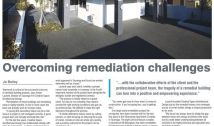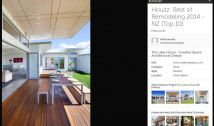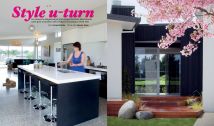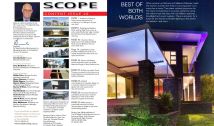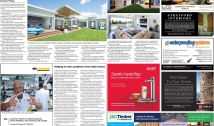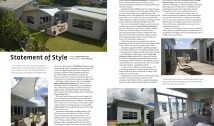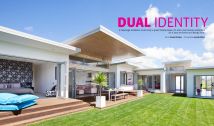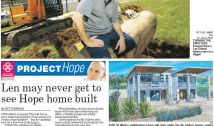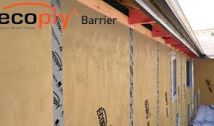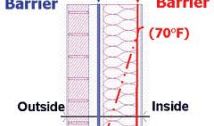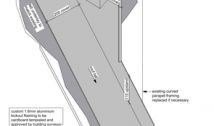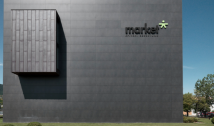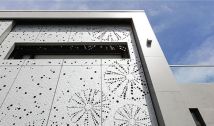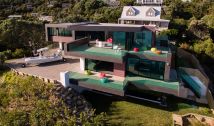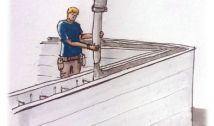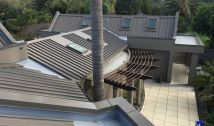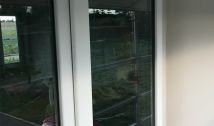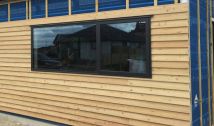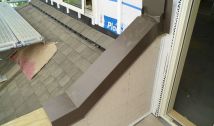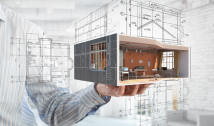Peak Performance - As Seen in UNO
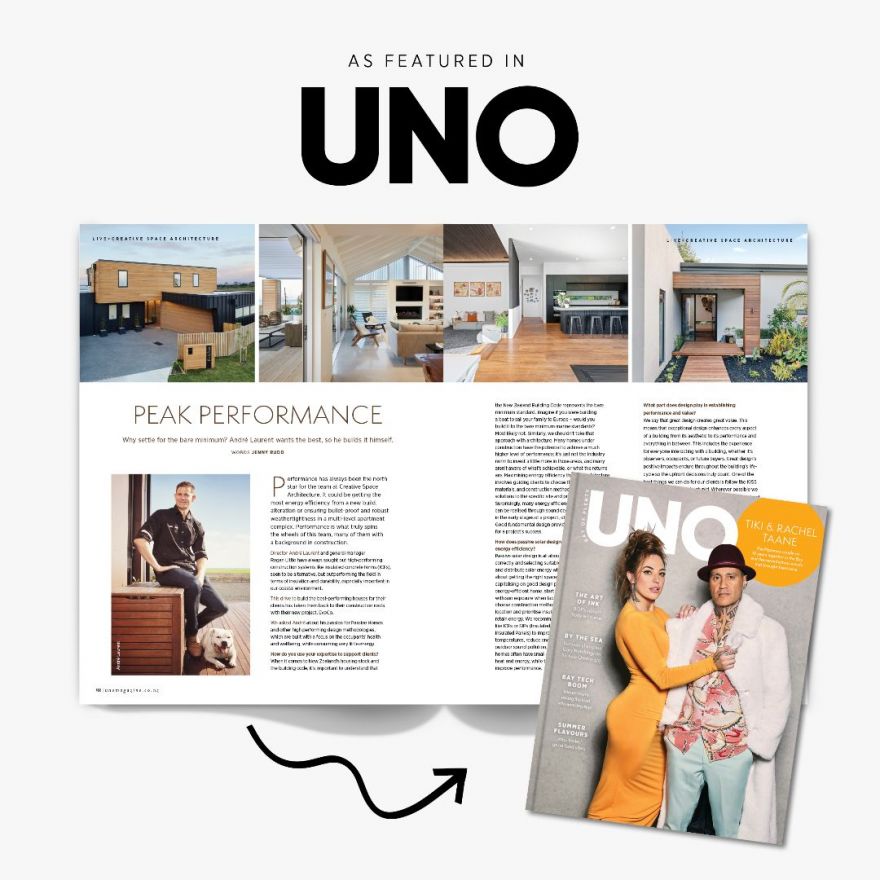
Peak Performance - As Seen in UNO
PEAK PERFORMANCE
Why settle for the bare minimum? André Laurent wants the best, so he builds it himself.
- WORDS JENNY RUDD
"Performance has always been the north star for the team at Creative Space Architecture. It could be getting the most energy efficiency from a new build, alteration or ensuring bullet-proof and robust weathertightness in a multi-level apartment complex. Performance is what truly spins the wheels of this team, many of them with a background in construction.
Director André Laurent and general manager Regan Little have always sought out high-performing construction systems like insulated concrete forms (ICFs), seen to be alternative, but outperforming the field in terms of insulation and durability, especially important in our coastal environment.
This drive to build the best-performing houses for their clients has taken them back to their construction roots with their new project, EvoCo.
We asked André about his passion for Passive Homes and other high performing design methodologies, which are built with a focus on the occupants’ health and wellbeing, while consuming very little energy.
How do you use your expertise to support clients?
When it comes to New Zealand’s housing stock and the building code, it’s important to understand that the New Zealand Building Code represents the bare minimum standard. Imagine if you were building a boat to sail your family to Europe – would you build it to the bare minimum marine standards? Most likely not. Similarly, we shouldn’t take that approach with architecture. Many homes under construction have the potential to achieve a much higher level of performance; it’s just not the industry norm to invest a little more in those areas, and many aren’t aware of what’s achievable, or what the returns are. Maximising energy efficiency through architecture involves guiding clients to choose the right products, materials, and construction methods. It’s about tailoring solutions to the specific site and project brief. Surprisingly, many energy efficiency benefits can be realised through sound decision-making in the early stages of a project, often at no extra cost. Good fundamental design provides a solid foundation for a project’s success.
How does passive solar design play a role in energy efficiency?
Passive solar design is all about orienting living spaces correctly and selecting suitable materials to collect, store, and distribute solar energy without added costs. It’s about getting the right spaces in the right places and capitalising on good design principles. To achieve an energy-efficient home, start with a well-oriented site with sun exposure when facing the views. Then we can choose construction methods that complement the location and prioritise insulation and air tightness to retain energy. We recommend construction methods like ICFs or SIPs (Insulated Concrete Forms or Structural Insulated Panels) to improve air tightness, regulate temperatures, reduce energy costs, and minimise outdoor sound pollution. Traditional timber-framed homes often have small gaps everywhere that leak heat and energy, while these systems significantly improve performance.
What part does design play in establishing performance and value?
We say that great design creates great value. This means that exceptional design enhances every aspect of a building from its aesthetic to its performance and everything in between. This includes the experience for everyone interacting with a building, whether it’s observers, occupants, or future buyers. Great design’s positive impacts endure throughout the building’s life[1]cycle so the upfront decisions truly count. One of the best things we can do for our clients is follow the KISS principle: Keep it simple, stupid. Wherever possible we aim to reduce design complexity knowing it has a direct corelation with costs. While its easier to determine costs for a new home, its almost impossible to do so with alterations and additions without investment in very detailed designs. These are then handed over to an external Quantity Surveyor or a trusted Building Contractor to reveal actual costs. Unfortunately, bespoke architecture is a little chicken and egg, so it is extremely important to simplify designs wherever possible.
Historically, high performance means high cost. Is that true of homes performing at a passive level?
The future of healthy, comfortable, and energy-efficient housing lies in Passive style homes that maintain consistent indoor comfort with minimal energy use for heating, cooling, and ventilation. With advancements in construction technologies, Passive level performance is becoming more affordable and achievable in the Southern Hemisphere. In essence, a Passive Home maintains comfort through continuous thermal insulation, airtight construction, high-quality windows and doors, mechanical ventilation with heat recovery (MVHR), and good passive solar design."




